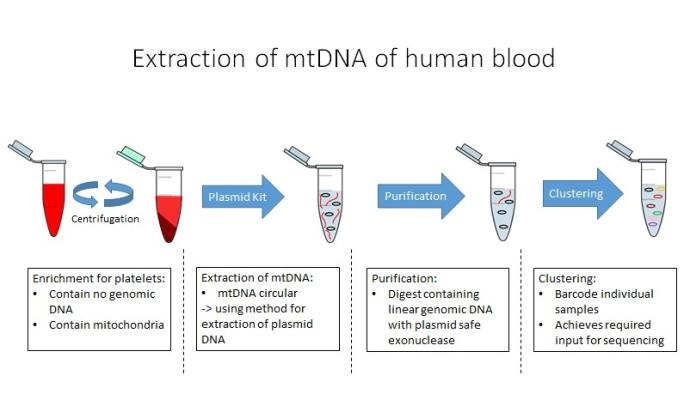Autism and epigenetics
Apart from changes in the DNA code, alterations can be inherited by epigenetic mechanisms. Such alterations of the genome occur without changing the actual DNA code (genotype) but still have the potential to alter the phenotype.Those alterations can, for instance, occur by methylation of the nucleotide cytosine neighbored by a guanosine or via histone acetylation . Precursor chemicals necessary for this methyl-group transfer are methylfolate and methionine.
Mothers of autistic children were found to have significantly reduced levels of these two chemicals. A lack of these chemicals might therefore reduce total methylation during development of the child. Furthermore, additionally to reduced substrate for methylation, a higher expression of methylation-inhibiting proteins was observed in mothers of autistic children. Taking these two factors together into consideration, it is not surprising that total methylation in mothers with autistic children is lower compared to mothers without autistic children.
As epigenetic processes are, however, a critical step during development and disruptions in such have the potential to cause neurobehavioral deficiencies a link to autism might exist.
Autism and mitochondria
In an autistic population mitochondrial diseases are observed to be more frequent than in the general population. These mitochondrial diseases might in a subpopulation of the cases be the underlying mechanism responsible for autism.
This higher frequency might be due to genetics or be the result of environmental factors. One proposed factor are heavy metals, as mitochondria are an important target of their toxicity.
Disturbances in the functionality of mitochondria might lead to increased oxidative stress, which was in some cases shown to be related to autism. Additionally to mitochondrial diseases also low GSH levels were observed in autistic children at mitochondria. GSH acts as an antioxidant and thereby protects against oxidative stress. Being less protected against oxidative stress, changes in the genome might occur, even further damaging the mitochondrion.
Due to this proposed link of mitochondrial diseases and epigenetic processes with autism an analysis of the mitochondrial genome might be purposeful.
Aim
I aim to establish a protocol enabling simultaneous sequencing of the mitochondrial genome and epigenome possible from human frozen whole blood samples.

Responsible for this page:
Director of undergraduate studies Biology
Last updated:
05/30/17
